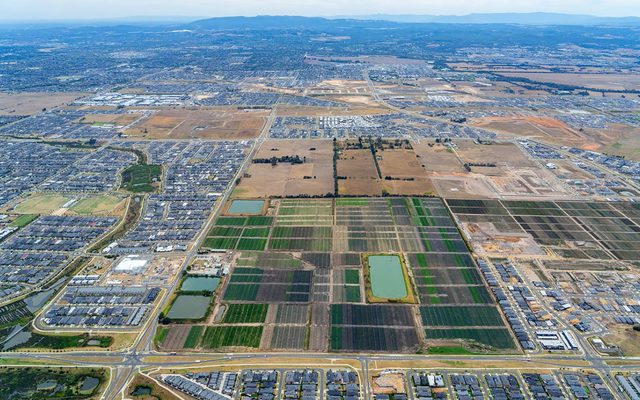This article is from the Australian Property Journal archive
HOME lending to investors declined by 5% in April to be 20.8% lower than a year ago, according to the Australian Bureau of Statistics.
The latest ABS housing finance data was taken prior to the Reserve Bank cutting interest rates in May from 2% to 1.75%.
Nonetheless, the April figures show total housing finance commitments fell 1.8% to $31,993 million, due largely to the sharp decline in investment demand – down 5% to $11,291 million, which offset a marginal 0.1% rise in owner-occupied commitments to $20,702 million.
First homebuyer demand also slipped, falling 3.2% to be 6.8% lower than a year ago.
“Today’s data was driven by a sharp monthly decline in investor lending. This continues to reflect the negative impact of macro prudential policy targets on investor lending, with lenders mindful of the regulatory investor lending growth target,”
ANZ Bank economists David Cannington and Daniel Gradwell said.
“Nonetheless, investor demand for housing is likely strengthen in the coming months, supported by the solid pick-up in house prices.
In comparison, owner-occupier finance posted an increase in April, with upgrader finance higher and first home buyer finance lower in the month. While upgraders remained the key to driving owner-occupier lending, first home buyers continued to be weighed down by housing affordability concerns, which are being amplified by weak wage growth,” they said.
“The housing market has shown clear cyclical improvement recently, reflected by the pick-up in house prices and building approvals.
“This cyclical rebound is likely to be further supported by the May interest rate cut. However, today’s data indicates that growth in the current cycle will be limited by soft household income growth, the presence of macroprudential policy targets, and concerns about future tightening of housing policy.
“Building approvals have trended higher recently, and are likely to be supported in the coming months by both solid house price gains and lower interest rates. As such, we continue to expect that housing construction activity will remain elevated in 2016, however today’s data indicates that any further growth is likely to be modest compared to recent years,” they forecast.
Australian Property Journal




